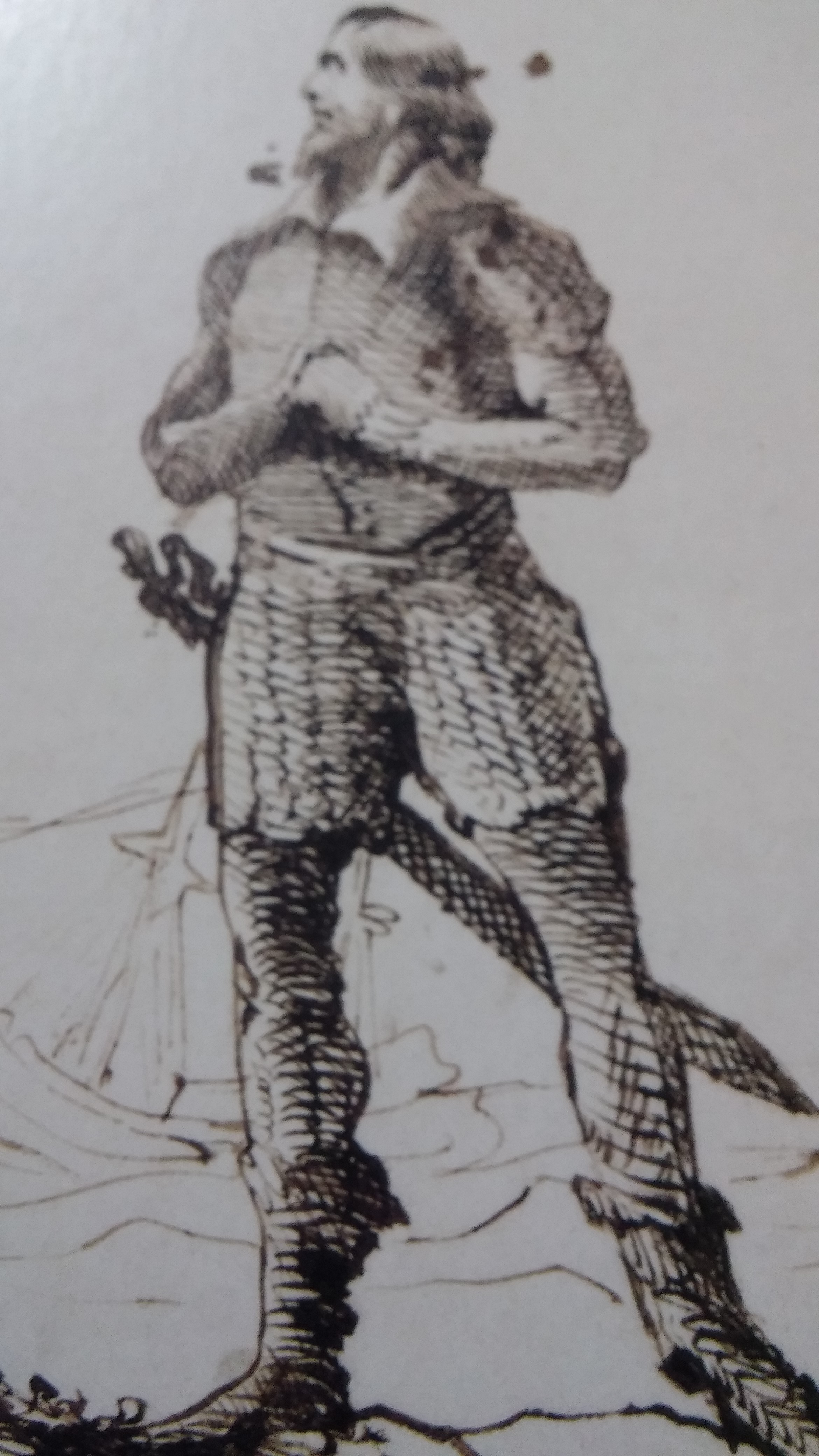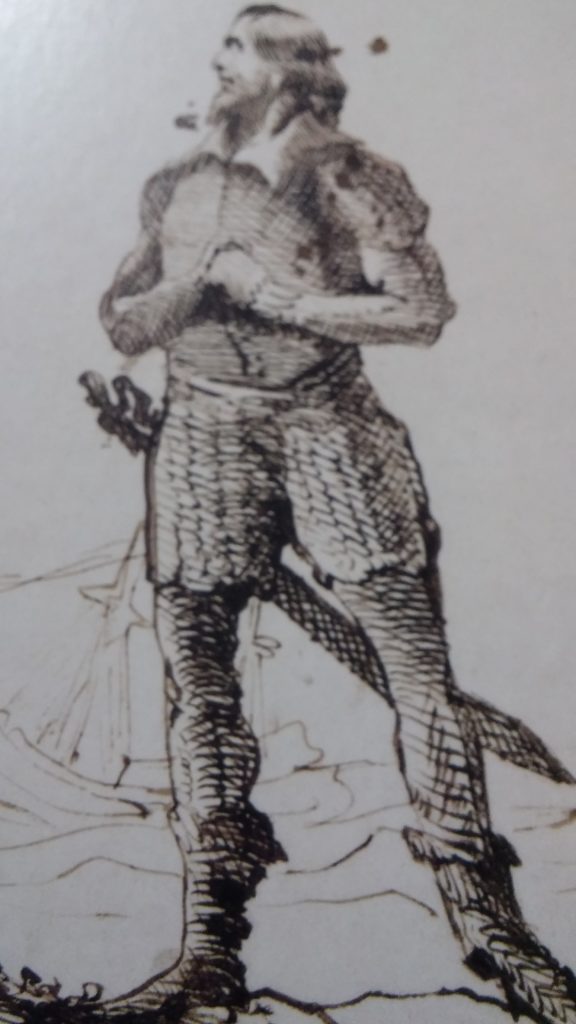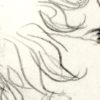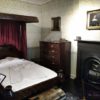Branwell Brontë always identified himself with Northangerland, a fictional character he invented- a very shady and tormented one. Branwell made him the main character of his tales, and wrote for him bizarre adventures, odd misdeeds, and the most wild erotic conquers. For the young son of the reverend of Haworth, who was not handsome nor resolute, this alter ego was a way out from a squallid reality, an omen of his future failures. As a matter of fact Branwell kept identifying with his Northangerland for all his life, drawing him in a number of portraits and using his name as a pseudonym.

Branwell’s anti-hero was conceived as Alexander Percy, the revolutionary and corrupetd pirate of Glass Town, the former Verdopolis, which became the future Angria‘s capital with yet another different name. Alexander Percy, gambler and alcoholic, was also called Alexander Rogue in Charlotte and Branwell’s juvenilia. They created lots of wives and sons for him, who got rid of them in a sneaky and unfair way. More importantly he is a great seducer, and he has different wives and illegitimate sons all over the Reign of Africa.
At the end of 1832, after describing him as an insurrectionist and an incendiary, Branwell decided to execute Rogue with this words “Rogue fell dead”. But soon enough he missed that strong character and brought him back to life wihout any explanations. From that moment on Rogue had a new dignity and a renewed credibility, as well as a new name and title- also thanks to his latest marriage- Northangerland Earl of Elrington.
The tale where this character comes back is named The Pirate. Northangerland comes back “from who knows where”- he is rich and no longer a pirate. The tale is composed of three chapters, and told from the point of view of Captain Flower, a very important character who’s directly involved in the story (just like Charlotte’s alter ego in Angria, Charles Wellelsey).
Branwell had his own literary style, which was very different from that of his sisters and in particular from Charlotte’s: she already was, in those years, a great observer of the human soul; he, on the contrary, was more direct and rough, quite linear and arid, using no adjectives and preferring ferocious and detailed descriptions. His style is characterized by a childish narration, which includes, still in this tale, the presence of the genii and that supernatural sensation which is typical of the Brontës’ juvenilia.
Maddalena De Leo
(I’ve translated The Pirate into Italian, and you can find it inside the anthology ‘Bronteana’ – Premio De Leo-Brontë 2017)
Cover image: 1835 Branwell’s sketch named The Pirate (235x 197)- Bronte Parsonage Museum.





